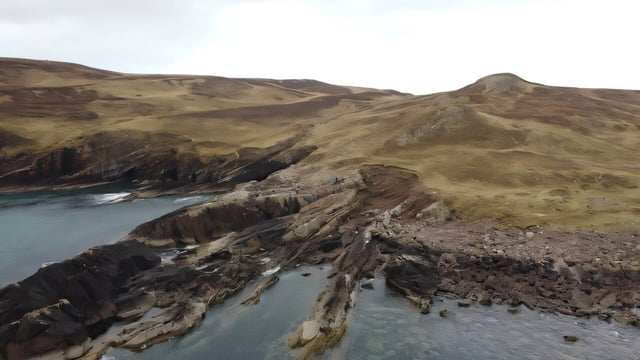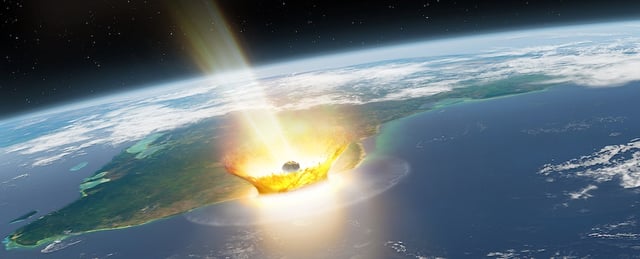Overview
- The Stac Fada meteorite impact in northwestern Scotland has been re-dated to 990 million years ago, 200 million years younger than previously thought.
- Researchers used zircon and reidite crystals as geological 'time capsules' to pinpoint the revised age of the impact.
- The event coincides with the emergence of early freshwater eukaryotes, raising questions about meteorite impacts influencing non-marine ecosystems.
- Shock-altered minerals in the Stac Fada Member confirm the high-energy impact, with similarities to sites like Chicxulub and Sudbury.
- Efforts are ongoing to locate the impact crater, which remains undiscovered, while studying its broader implications for life and Earth's environment.


